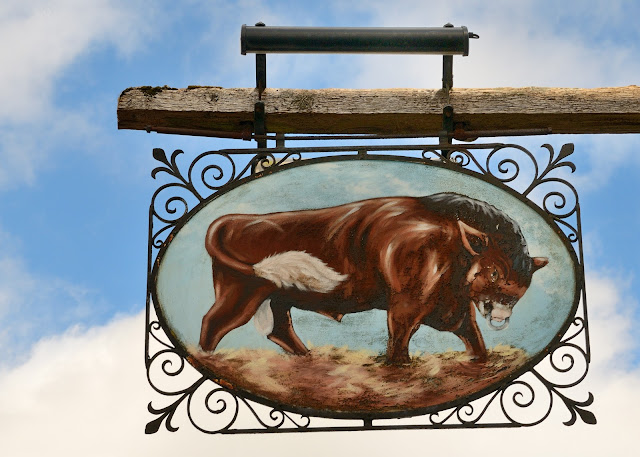Autumn can be a beautiful month but also damp and misty. Summer trying to hold on it seems! This year there were quite a few misty mornings and a chance for some atmospheric shots, with a few shots of other Autumn regulars such as fungi and spiders webs.
Firstly, some images on the River Brett, near to where I live. Navigating a barbed wire gate (carefully) I was rewarded with these beautiful views.
On the other side of the river, the sheep wondered what I was doing.
Pylons across the valley took time to emerge from the mist.
Even the runners in the Hadleigh Road Race were soon swallowed into the mist.
Lonesome - after the mist cleared.
The lanes that I walk on a regular basis, are really lovely this time of year.
Cobweb made more visible by the mist residue on it.
Rosy Earthstar (Geastrum rufescens) is a species of fungus in the family Geastraceae. It was first described scientifically by Christian Hendrik Persoon in 1801. It has a pale pinkish-buff to pinkish exoperidium and rays. The earthstar is found in Europe, North America (including Mexico), and Japan, where it typically grows at the base of old oak stumps
Giant Funnel (Leucopaxillus giganteus) is a saprobic species of fungus in the Tricholomataceae family. As its common names imply, the fruit body, or mushroom, can become quite large—the cap reaches diameters of up to 40 cm (16 in). It has a white or pale cream cap, and is funnel-shaped when mature, with the gills running down the length of the stem. Considered by some to be a choice edible when young, this species has a cosmopolitan distribution, and is typically found growing in groups or rings in grassy pastures, roadside hedges, or woodland clearings.


















































